Comments
- No comments found

Fluid mechanics is a fundamental branch of physics that studies the behavior of fluids, including liquids, gases, and plasmas.
It is a complex field that deals with a wide range of phenomena, from the flow of blood in the human body to the behavior of atmospheric gases. As such, fluid mechanics has numerous applications in various fields, including aerospace engineering, chemical engineering, and environmental science.
The study of fluid mechanics traditionally involves the use of mathematical models and simulations. However, with the advent of machine learning, researchers have been able to develop more accurate and efficient models to study fluid dynamics. In this article, we will explore how machine learning is transforming the field of fluid mechanics.
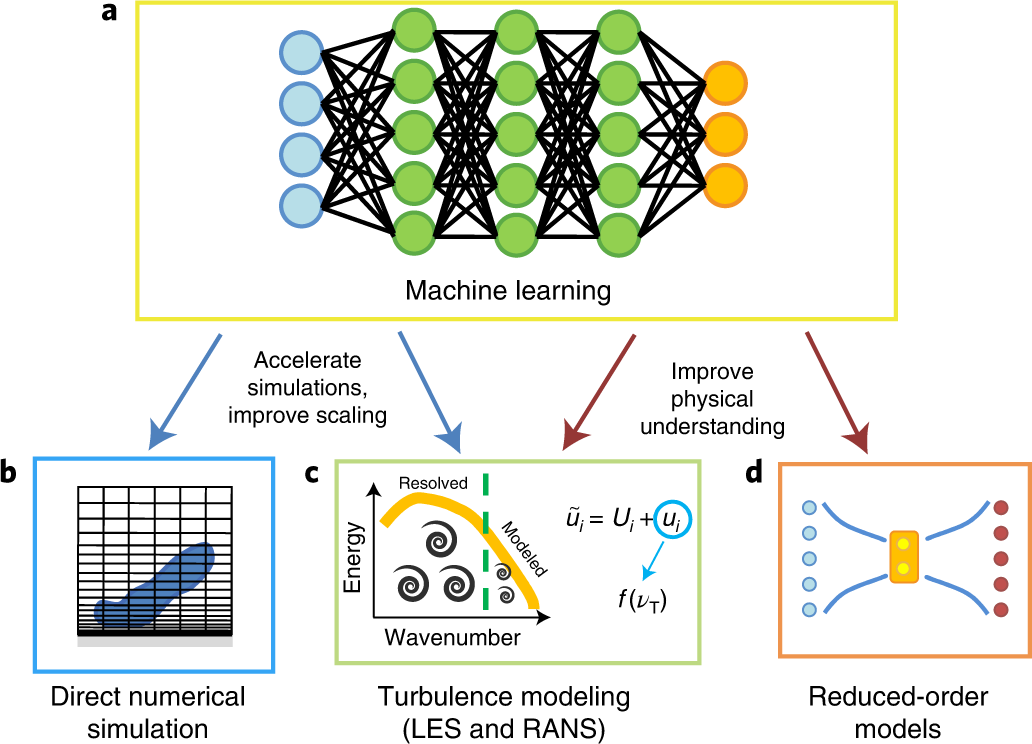
Machine learning is a subfield of artificial intelligence that allows computer systems to automatically learn and improve from experience without being explicitly programmed. It involves the use of statistical algorithms and mathematical models to identify patterns in data and make predictions or decisions based on those patterns.
In fluid mechanics, machine learning is used to develop predictive models that can accurately simulate fluid dynamics. These models can be used to predict the behavior of fluids in various scenarios, such as the flow of air over a wing or the movement of water through a pipeline.
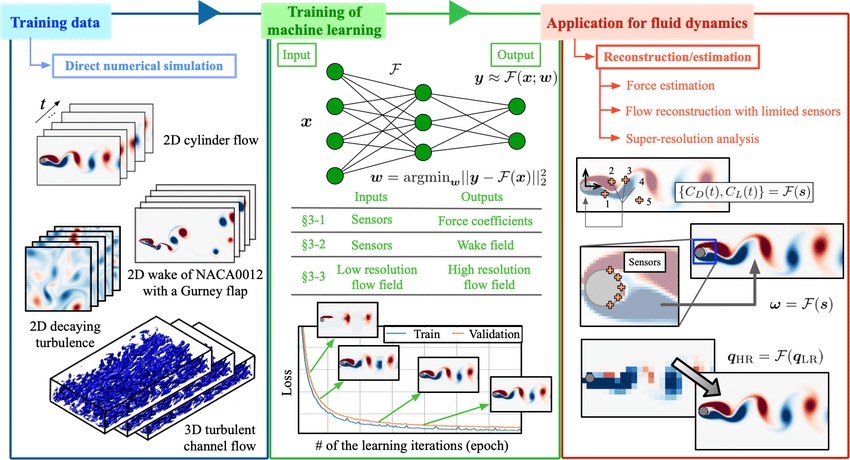
The combination of fluid mechanics and machine learning is revolutionizing aerospace engineering by enabling researchers to design and optimize aircraft and spacecraft with greater accuracy and efficiency. By using machine learning algorithms to analyze complex fluid dynamics simulations, researchers can gain insights into the behavior of fluids in different scenarios and develop more accurate models for simulating fluid dynamics. This approach is helping aerospace engineers to improve the performance of aircraft and spacecraft by reducing drag, increasing lift, and improving fuel efficiency. In addition, machine learning is being used to optimize the design of propulsion systems, such as liquid rocket engines, by identifying optimal configurations and materials. As a result, the combination of fluid mechanics and machine learning is playing an increasingly important role in the design and optimization of aerospace systems.
Fluid-structure interaction (FSI) is the study of the interaction between fluids and solid structures. Machine learning is being used to develop models that can accurately predict the behavior of fluids and structures in FSI scenarios. These models can be used to optimize the design of structures, such as offshore platforms and bridges, to withstand the forces of flowing fluids.
Fluid mechanics plays a crucial role in understanding the behavior of fluids in the natural environment. Machine learning is being used to develop models that can accurately simulate the behavior of water and air in the environment, helping scientists to better understand climate change and natural disasters such as hurricanes and tsunamis.
Aerodynamics is the study of the properties of moving air and how they affect objects that move through it, such as airplanes and rockets. Machine learning is being used to develop more accurate and efficient models for simulating airflow over complex geometries. These models can be used to optimize the design of aircraft, reducing drag and improving fuel efficiency.
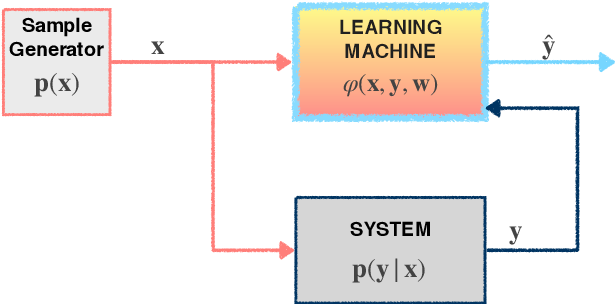
Traditional methods for simulating fluid dynamics can be computationally expensive and time-consuming. Machine learning algorithms can significantly reduce the computational cost of simulations, making it possible to run more simulations in less time.
Machine learning algorithms can identify patterns in large amounts of data that traditional methods may miss. By learning from data, these algorithms can develop more accurate models that better capture the behavior of fluids in real-world scenarios.
Machine learning models can be used to optimize the design of structures and devices that interact with fluids, such as airplanes and pipelines. By simulating fluid dynamics, these models can identify design improvements that reduce drag and improve efficiency.
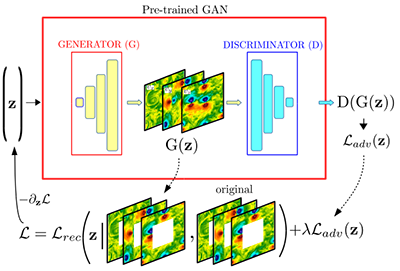
Machine learning models require large amounts of data to learn from. In fluid mechanics, obtaining large datasets can be challenging, particularly for complex scenarios or rare events.
Fluid mechanics is a complex field, and developing accurate models for simulating fluid dynamics requires a deep understanding of the underlying physics. Machine learning models can be difficult to interpret and may not provide insights into the physical mechanisms that govern fluid behavior.
Validating machine learning models for fluid mechanics can be challenging, as it is often difficult to compare model predictions with experimental data. Additionally, the accuracy of machine learning models may be limited by the quality and representativeness of the training data used.
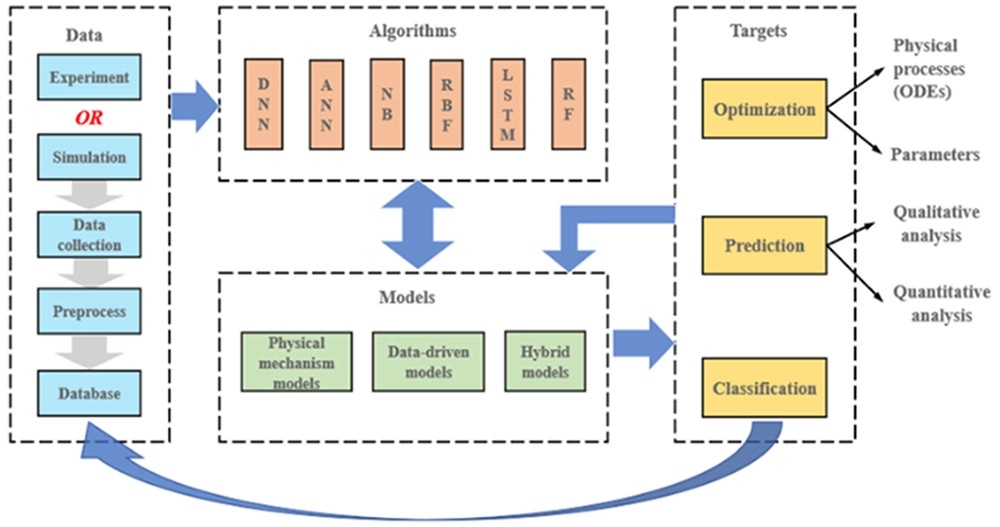
Despite the challenges and limitations, the future of machine learning in fluid mechanics looks promising. There are several directions in which researchers are exploring the use of machine learning to improve our understanding of fluid dynamics.
One promising direction is the development of hybrid approaches that combine traditional methods with machine learning. By using machine learning algorithms to learn from simulations produced by traditional methods, researchers can develop more accurate and efficient models for simulating fluid dynamics.
Another promising direction is the use of transfer learning, which involves training machine learning models on data from one scenario and transferring that knowledge to a new scenario. This approach can help overcome the challenge of limited data, as models can be trained on data from similar scenarios and then fine-tuned for the target scenario.
As machine learning models become more complex, it is becoming increasingly important to understand how they make predictions. Explainable AI is a subfield of machine learning that aims to develop models that can provide insights into how they make predictions. This approach could help overcome the challenge of interpretability in fluid mechanics.
Machine learning is revolutionizing the field of fluid mechanics by allowing researchers to develop more accurate and efficient models for simulating fluid dynamics. By reducing the computational cost of simulations, improving the accuracy of predictions, and optimizing the design of structures and devices that interact with fluids, machine learning is helping us better understand and control the behavior of fluids in various applications.
Despite the challenges and limitations of machine learning in fluid mechanics, the future looks promising, with researchers exploring new approaches such as hybrid methods, transfer learning, and explainable AI. As these methods continue to develop, we can expect machine learning to play an increasingly important role in the study of fluid dynamics.
Leave your comments
Post comment as a guest